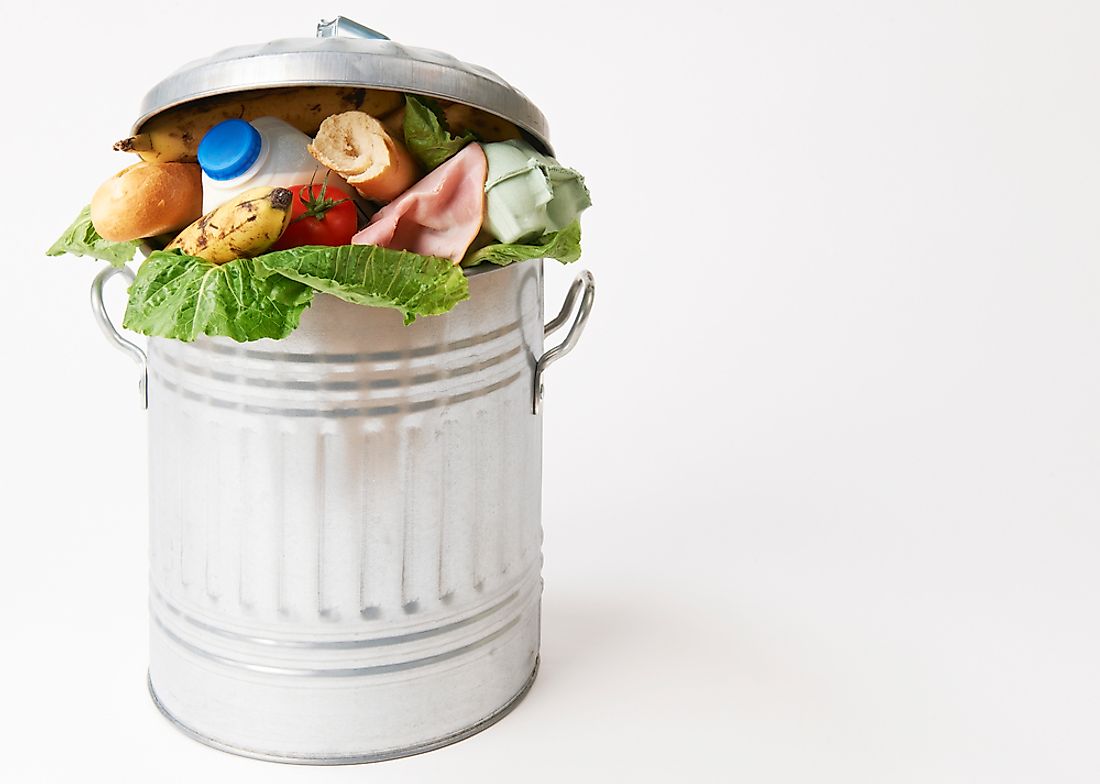What is Food Loss?

What Is Food Loss?
Food loss can be defined as food that is lost in the food supply chain. The food passes through the four stages of the supply chain: growers, processors, retailers and consumers. The definition is not universal and different organizations have come up with their own definitions depending on the objectives of the organization. The UN has defined food loss as a decrease in the quantity or quality of available food. The US, on the other hand, has defined food loss as the amount of uneaten food and food preparation wastes from residences and commercial establishments. It is still controversial on whether the definition should include food that goes to non-productive use.
Causes Of Food Loss
The causes of food loss can be objectively discussed by following the entire production chain. This starts with the production phase. In most developing countries, the bulk of the food is lost due to poor storage. The exact amount of food lost is however not known as most food production is done on a subsistence basis. Developed countries like the US, on the other hand, lose a lot of food due to the use of machines in harvesting. Severe weather has also been a leading cause of crop failure and destruction, especially in the polar regions. The European union’s strict quality regulations on quality and appearance make farmers to harvest selectively and hence leave a lot of crops which do not meet standards in the fields.
After harvesting, food gets into the processing stage. For instance, during storage, pests and microbes contribute to a large extent to the loss of food. This is especially true in countries experiencing high temperatures and humid conditions which are favorable for reproduction of pests. Weather extremes are also responsible for a quality loss in food. However, some loss in food during the processing stage is somehow inevitable since it is done to ensure quality. The food safety regulations state that all foodstuffs that do not meet quality standards should not be available to the market.
The retail stage also sees a sizeable amount of food loss especially due to an expiry of foodstuffs. Hotels and fast-food outlets, for instance, have to prepare food on daily basis without having an exact number of customers they will serve on any particular day. As such, some food is left unserved and hence goes to waste.
At the consumption stage, food is wasted in four major ways. Over purchasing of food, poor cooking including burning of the food, leaving food on dishes and decaying food after preparing due to poor storage are the leading causes of food loss. Experts argue that if consumers could accept foods that come in odd shapes or deviate from their preferred coloration, they could reduce food loss to a very large extent.
The Extent Of Food Loss
It is estimated that over 220 million tons of food is wasted by consumers in the industrialized countries alone. In Europe and North America, a person wastes 617 lbs of food annually while industrialized Asia and Latin America, a person 529 lbs and 496 lbs respectively annually. South Asian nations lose the least food as one person only loses 276 lbs annually.
Food loss is an issue of a great concern to the world since many people, especially in the under-developed countries, are starving. Measures have been taken to redeem the situation but still much more needs to be done.











